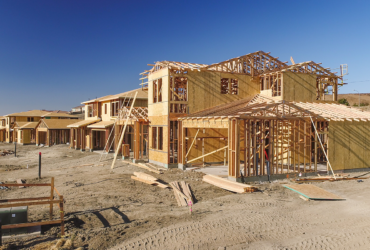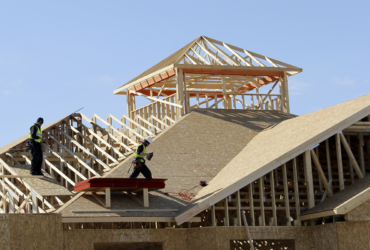The pandemic caused an unprecedented contraction of households before causing an unprecedented expansion of households, according to Apartment List’s latest report…(Apartment List)
Monthly Current Population Survey data shows that over 2.5 million households disappeared as households fell to 127.6 million in early 2020. This was mostly driven by younger adults who decided to temporarily give up their independent living arrangements to move in with family. The only other time substantial household contraction took place was a six-month period from late 2009 to early 2010 when the nation lost one million households.
The household contraction was short-lived as by the end of 2021 all 2.5 million households had been reformed plus an additional two million. Recently, however, we have seen a slight contraction because of rising housing costs. June 2022 data puts the current total households at 131.8 million, slightly below the peak but still 1.5 million above pre-pandemic levels.
Single-person households have been largely responsible for these extreme shifts in household formations. Single-person households accounted for 61 percent of the 2.5 million households that dissolved in early 2020, and 82 percent of the 4.5 million households that formed thereafter. Zoomers have seen the biggest swings in this category. Nearly 400,000 Generation Zers stopped living on their own, but since then nearly 1 million new Gen Z adults were living alone by the end of 2021. This equates to a drop of around 30% by June 2020 and then an increase of almost 100% by June 2022.
Rob Warnock, the author of the piece, notes “when 4 million households suddenly reappeared, some markets went from over-supplied to under-supplied in a matter of months. Ultimately, dramatic shifts in household volume led to equally dramatic shifts in price.” It is unlikely that we will see much household formation with the housing prices at these elevated levels. Household formation has already contracted as rent/ownership prices have skyrocketed. If we are going to want to see more households we are going to need more supply.






Got a Questions?
Find us on Socials or Contact us and we’ll get back to you as soon as possible.